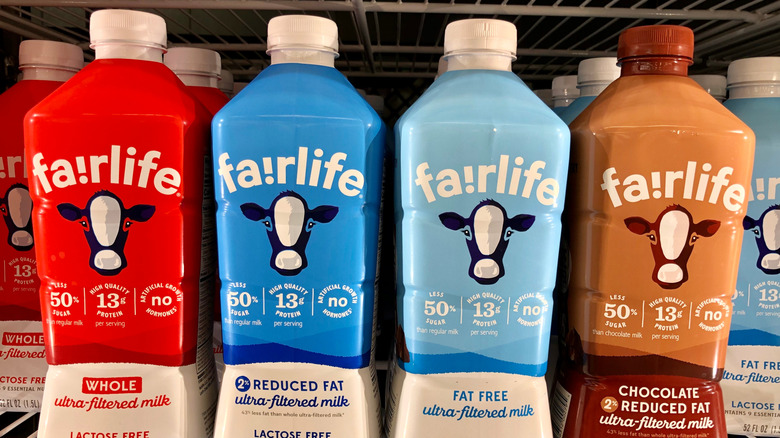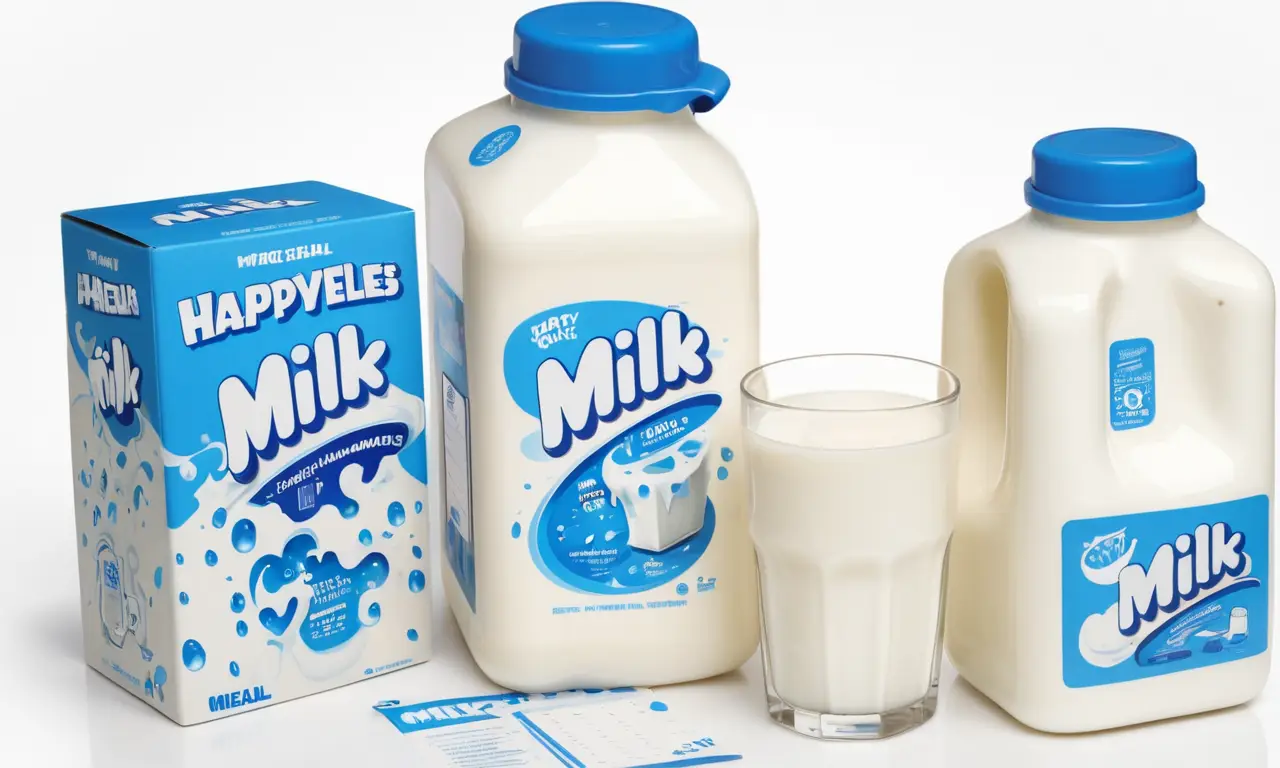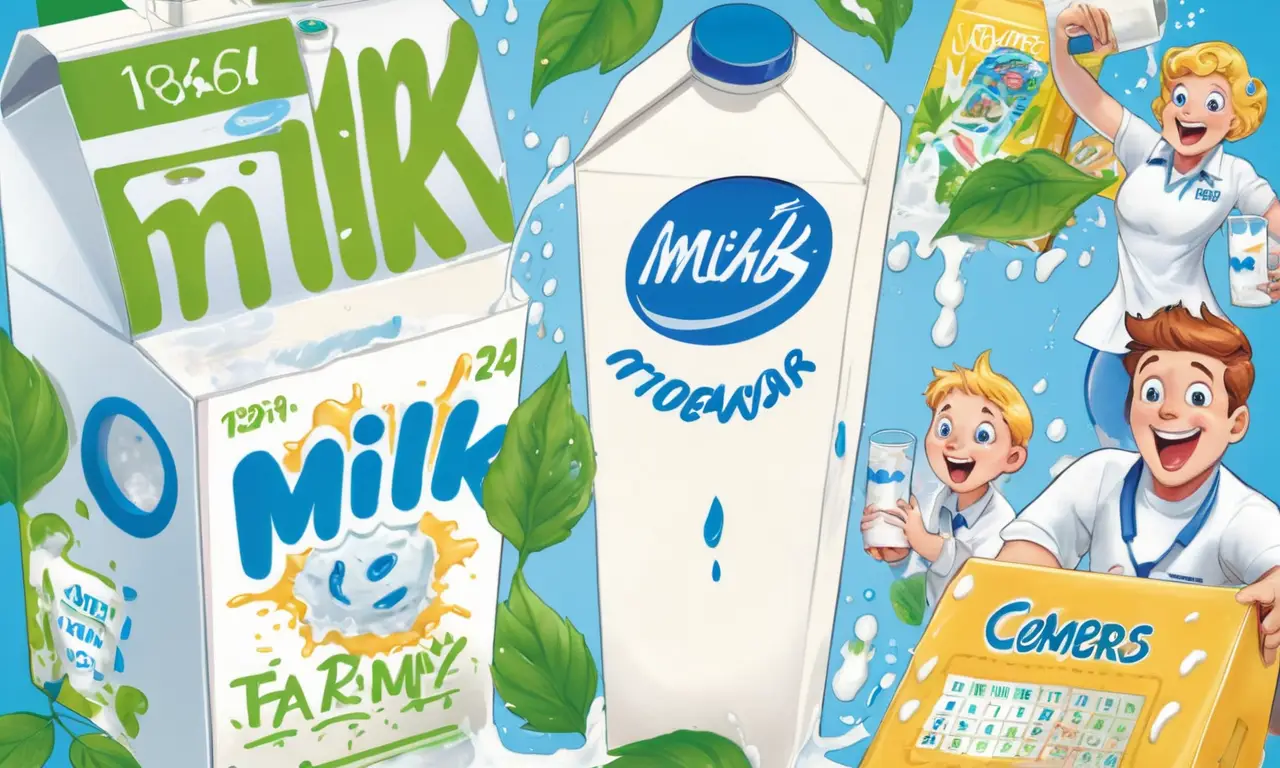
Fairlife milk has become increasingly popular for its extended shelf life compared to traditional dairy milk. This unique characteristic allows consumers to enjoy fresh, delicious milk for a longer period without worrying about spoilage. In this article, we’ll delve into the science behind Fairlife’s impressive shelf stability and explore how it stays fresh for so long. We’ll also discuss proper storage practices to ensure optimal quality and safety.
This comprehensive guide will cover the key factors contributing to Fairlife milk shelf life, including the ultra-filtration process, lactose removal, protein concentration, and the impact of refrigeration after opening. By understanding these aspects, you can make informed decisions about purchasing and storing Fairlife milk to maximize its freshness and enjoy it at its best.
Fairlife Milk Shelf Life
Fairlife milk shelf life is significantly longer than that of conventional milk. Unopened cartons of Fairlife milk typically have a “best by” date that extends up to 90 days from the manufacturing date. This extended shelf life allows for greater convenience and reduces food waste compared to traditional milk, which often has a shorter shelf life of around one week when refrigerated.
The longer shelf life of Fairlife milk is attributed to its unique processing method, which involves removing water and bacteria during production. This process significantly reduces the amount of moisture available for bacterial growth, effectively inhibiting spoilage and extending the milk’s freshness.
Ultra-Filtration Process

At the heart of Fairlife’s extended shelf life lies the ultra-filtration process. This advanced technology utilizes a semipermeable membrane to separate different components of milk based on their size. During this process, water molecules are removed while larger protein and fat molecules are retained.
The result is a concentrated milk product with a higher protein content and reduced lactose levels. The removal of water also plays a crucial role in inhibiting bacterial growth, contributing significantly to Fairlife milk’s extended shelf stability.
How Does Ultra-Filtration Work?
Ultra-filtration involves passing raw milk through a membrane filter under pressure. This membrane has tiny pores that allow smaller molecules like water and lactose to pass through while retaining larger molecules such as proteins and fats.
As the milk is filtered, water is removed, concentrating the remaining components. This process effectively separates the milk into different fractions, resulting in a product with a higher protein content and reduced lactose levels.
Lactose Removal and Protein Concentration
One of the key benefits of Fairlife’s ultra-filtration process is the significant reduction in lactose content. Lactose intolerance affects a large portion of the population, making it difficult for them to digest milk sugar. By removing most of the lactose during processing, Fairlife milk becomes more accessible to individuals with lactose sensitivities.
Furthermore, the ultra-filtration process concentrates the protein content in Fairlife milk. This makes it a valuable source of high-quality protein, appealing to those seeking to increase their protein intake through dairy products.
Extended Freshness Compared to Traditional Milk

The extended shelf life of Fairlife milk is a significant advantage over traditional milk. While conventional milk typically lasts for about one week in the refrigerator, Fairlife milk can remain unopened and fresh for up to 90 days. This longer shelf life reduces food waste and provides greater convenience for consumers who may not consume milk as frequently.
The extended freshness of Fairlife milk is attributed to its unique processing method, which removes water and bacteria during production. This significantly inhibits bacterial growth, extending the milk’s “best by” date considerably compared to traditional milk.
Refrigeration After Opening
While Fairlife milk boasts an impressive shelf life when unopened, it still requires refrigeration after opening. Once opened, how long is Fairlife milk good after opening? It should be stored in the refrigerator and consumed within seven days to maintain optimal freshness and quality.
Refrigeration slows down bacterial growth, preserving the milk’s taste and texture. Always check the “best by” date on the carton and consume the milk before it expires for the best flavor and safety.
Conclusion
Fairlife milk stands out from traditional dairy milk due to its extended shelf life, which can reach up to 90 days unopened. This remarkable characteristic is attributed to its unique ultra-filtration process, which removes water and bacteria during production, inhibiting spoilage and extending freshness. While Fairlife milk remains fresh for an extended period unopened, it still requires refrigeration after opening and should be consumed within seven days. Understanding the science behind Fairlife milk’s shelf stability allows consumers to make informed decisions about purchasing, storing, and enjoying this innovative dairy product.
